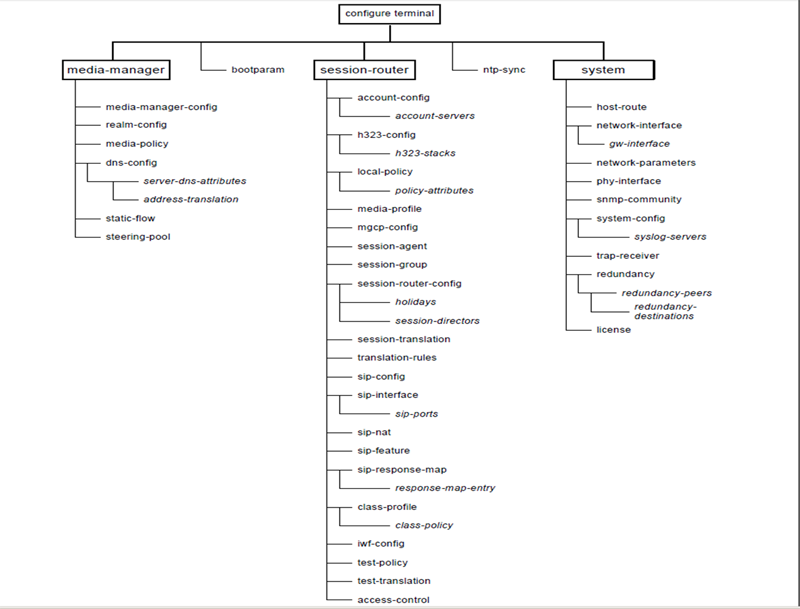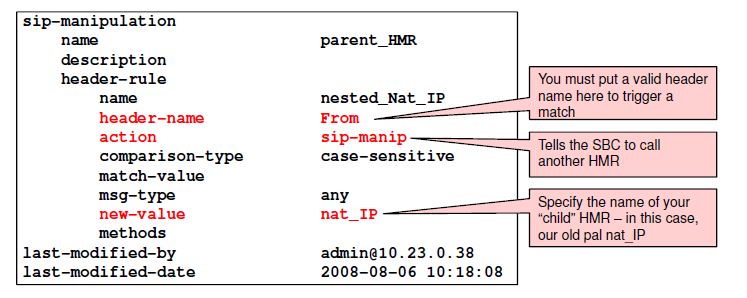ISDN User Part – ISUP
The ISDN User Part – ISUP is responsible for setting up and releasing trunks used for inter-exchange calls. As its name implies, ISUP was created to provide core network signaling that is compatible with ISDN access signaling. The combination of ISDN access signaling and ISUP network signaling provides an end-to-end transport mechanism for signaling data between subscribers. Today, the use of ISUP in the network has far exceeded the use of ISDN on the access side. ISUP provides signaling for both non-ISDN and ISDN traffic; in fact, the majority of ISUP-signaled traffic currently originates from analog access signaling, like that used by basic telephone service phones.
The primary benefits of ISUP are its speed, increased signaling bandwidth, and standardization of message exchange. Providing faster call setup times than Channel Associated Signaling (CAS), it ultimately uses […]



